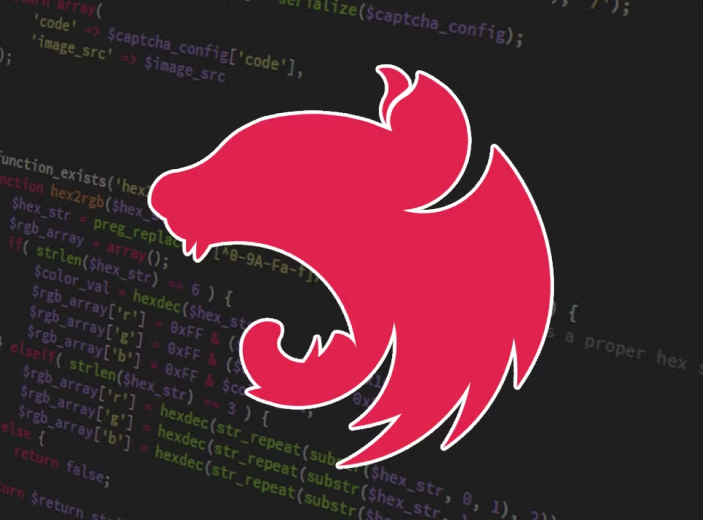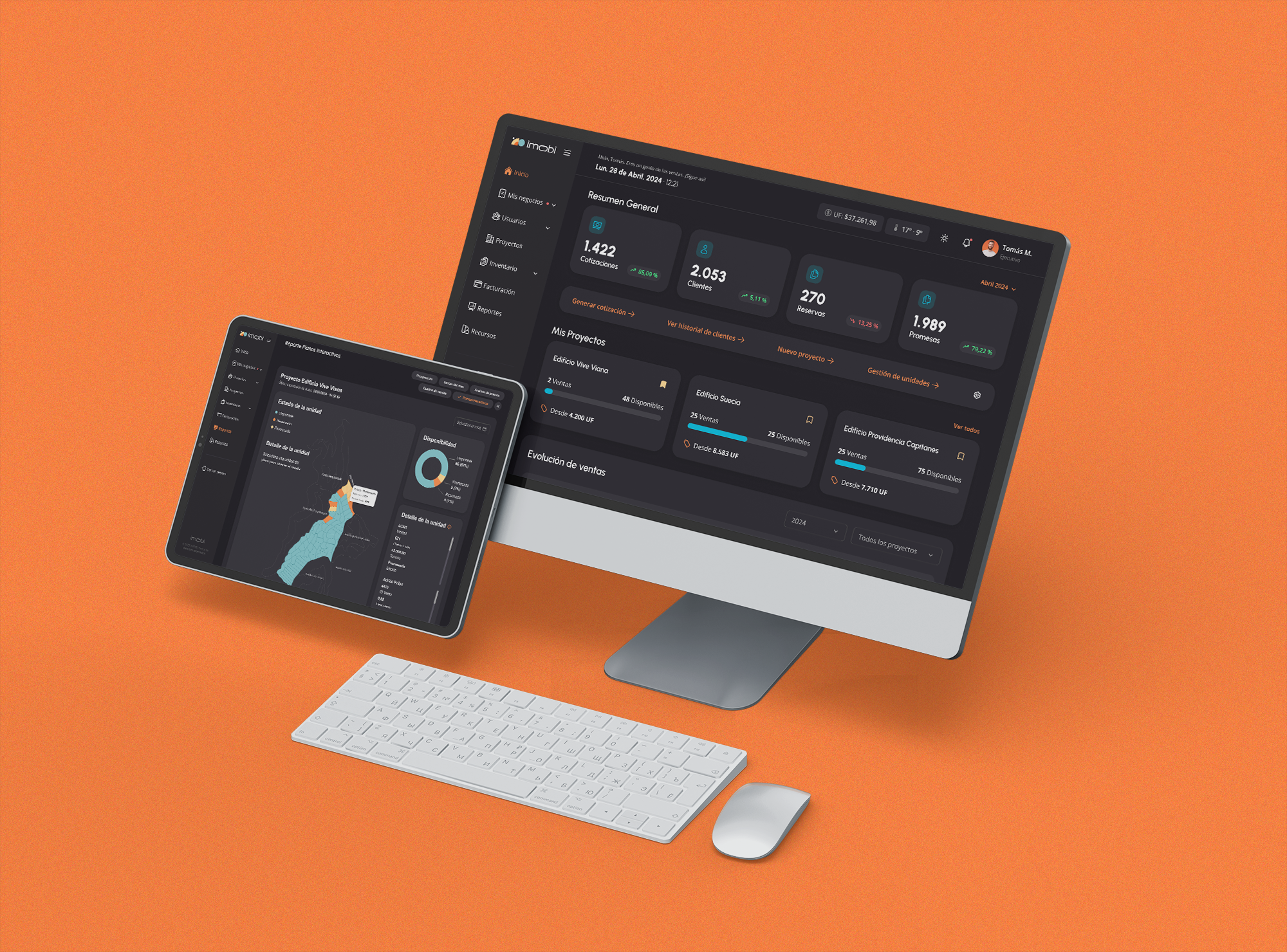Share this article
So if your organization’s ambition is for AI to enhance everyday processes or create something that changes the game, every company needs a set of basic capabilities to succeed with it.
Keep in mind that:
- You must define your “AI ambition” and identify the opportunities it presents.
- Prepare your cybersecurity policy for AI.
- Prepare the data for AI.
- Adopt AI principles.

Senior management expects CIOs to lead the organization’s AI strategy to capitalize on the benefits of AI while simultaneously avoiding risks.
How to define your opportunities, deployment options, and associated risks of AI
The GenAI has enabled machines to shift from being tools to being team companions This represents a significant change that comes with a potential dark side. Senior management expects CIOs to lead the organization’s AI strategy to capitalize on the benefits of AI while simultaneously avoiding the risks.
There’s much at stake, given the combination of enthusiasm and disillusionment about AI that exists in all organizations, disillusionment because most AI projects have not been implemented as anticipated.
According to Gartner, between 17% and 25% of organizations have stated they planned to deploy AI within the next 12 months every year from 2019 to 2024; however, the annual growth in production deployments was only 2% to 5%.
To help increase the success rate, CIOs must start by helping to establish the company’s AI ambition, that is, deciding where and how AI will be used in the organization. Since current AI can do everything, including deciding, acting, discovering, and generating, it’s equally important to know what it won’t do.
An AI plan must take into account three key elements:
- Ambition of AI Opportunity
Reflects the type of business benefits you expect to obtain from AI. The ambition of opportunity identifies where you will use AI (for example, for internal operations or customer-facing activities) and how (for example, to optimize daily activities or create game-changing opportunities).
- Deployment Establishment
Reflects the available technological options for deploying AI, which may enable or limit the opportunities you expect to pursue. Organizations can deploy AI from publicly available models in the market and trained with public data; leverage a model and public data adapted with their own data; or internally create a customized algorithm trained with their own data. The greater the customization, the higher the investment cost and deployment time, but greater customization also offers revolutionary opportunities.
- Clear Understanding of Risks
AI risk takes many forms, such as unreliable or opaque outcomes, intellectual property risks, data privacy issues, and cyber threats. There are also emerging regulatory risks related to standards and restrictions that different jurisdictions may impose on AI, including those related to copyright. It is crucial for the company to define its risk appetite in relation to the degrees of automation and transparency.














